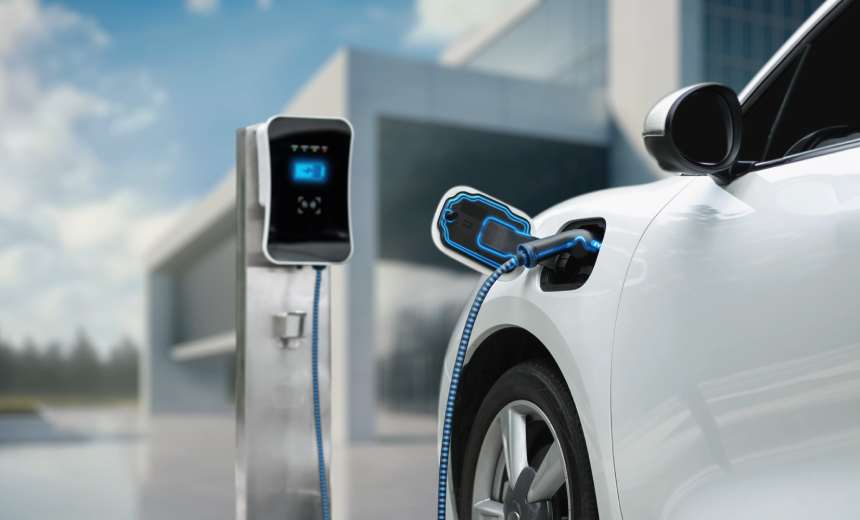Endpoint Security,
Hardware / Chip-level Security,
Internet of Things Security
Annual Conference and Hackathon Highlights Innovations in IoT Device Protection

The increasing connectivity of devices has led to a parallel rise in cyber threats, with attackers continuously looking for vulnerabilities in personal technology, including smartphones, smart home devices, electric vehicles, and medical equipment. This evolving landscape necessitates the advancement of security approaches to mitigate risks.
This week, experts from over 100 global firms have gathered at Hardwear.io in Amsterdam for a comprehensive conference and hackathon focused on cutting-edge innovations in hardware security. The annual event addresses pressing challenges in the field, discussing critical issues such as cyber investigations, side-channel attacks, symmetric cryptography, fuzzing, and vulnerabilities found in automotive systems and electric charging infrastructure.
Among the prominent speakers at the conference, which runs from October 21-25, are members from Europol’s Cybercrime Centre, cyber security researchers like Daniel Genkin, and other specialists including Philippe Teuwen and Jasper van Woudenberg, co-author of “The Hardware Hacking Handbook”.
Rising Interest in Hardware Security
As hardware increasingly relies on software for its operations, memory integrity becomes paramount. Incompatibilities among various components can create vulnerabilities, leading to potential exploits from cybercriminal entities. Onur Mutlu, a computer science professor at ETH Zurich, is expected to address the rapid evolution of computer architecture, specifically the shift towards more specialized and parallel hardware systems designed for larger data processing and improved performance.
Additionally, the emergence of transformative technologies like memory processing and quantum computing could increase system complexity, amplifying existing hardware security challenges. Researchers from Austria, Andreas Kogler and Jonas Juffinger, will provide insights into a decade of rowhammer attacks—exploits that allow hackers to manipulate memory, posing significant risks to data integrity that IT security teams and hardware manufacturers must address.
Researcher Wilco van Beijnum and Sebastiaan Laro Tol from ElaadNL will highlight the vulnerabilities present in electric vehicle (EV) charging systems. Communication between EVs and chargers via protocols like HomePlug may become compromised if configurations are not correctly managed, potentially allowing unauthorized access to sensitive internal services through the charging cable.
Secure elements, critical to the operations of various industries including banking, telecommunications, and automotive, generate and safeguard cryptographic secrets. Due to their stringent security evaluations, typically rated at the highest level under Common Criteria, they are vital for assuring secure transactions and maintaining communication integrity within connected environments.
Adapting to Cybersecurity Challenges
It is imperative for organizations to prioritize these threats and invest in sophisticated cybersecurity solutions, including hardware defenses and robust encryption technologies. In sectors like healthcare, finance, and automotive, this emphasis on security not only counters risk but also presents unique opportunities for innovation and growth. As businesses adopt customized, hardware-focused security solutions, they will likely influence the trajectory of these industries by advancing secure IoT environments and encryption methodologies.
Since its inception in the Netherlands in 2015, Hardwear.io has served as a platform for IT and cybersecurity professionals from a diverse array of sectors—including automotive, healthcare, semiconductor, and government—to collaborate on securing millions of devices against an ever-evolving threat landscape.
